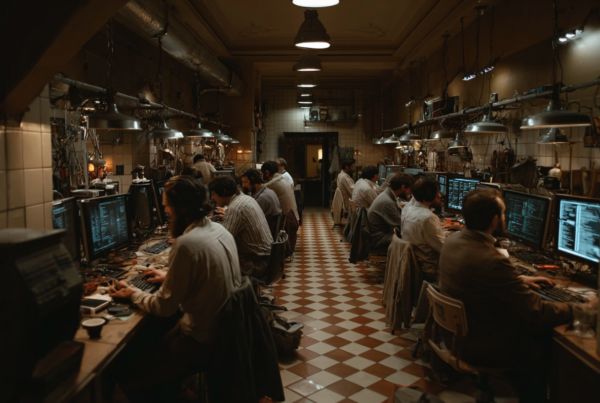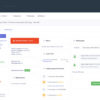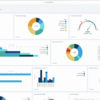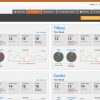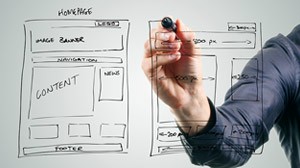 You work at an enterprise corporation. On a daily basis, you use at least seven different programs, likely to perform just one or two tasks. You use an HR portal, an inventory tracker, a content management system, and the company intranet. You run reports in one program only to have to input the same numbers into another program to get the reports that you actually need for your weekly huddle. You have nightmares about not hitting the save button before you move to the next thing, and you’d rather just do everything in Excel because at least you know how to use it. Sound familiar?
You work at an enterprise corporation. On a daily basis, you use at least seven different programs, likely to perform just one or two tasks. You use an HR portal, an inventory tracker, a content management system, and the company intranet. You run reports in one program only to have to input the same numbers into another program to get the reports that you actually need for your weekly huddle. You have nightmares about not hitting the save button before you move to the next thing, and you’d rather just do everything in Excel because at least you know how to use it. Sound familiar?
It doesn’t have to be like that. What if you had a piece of software that turned a five minute task into a two and a half minute task? Software that’s reminiscent of your favorite apps where you can swipe, reorganize, and produce results. Software that solves problems and facilitates the primary goals of your job function. Too good to be true? No way. Enter UX design for enterprise, where good design equals good work. We understand that employees are also consumers, downloading daily the newest, fastest, and leanest apps on their phones and tablets. They’ve become accustomed to immediate gratification, one click functionality, and simple layouts. Why should the software we use at work be different?
By taking the user experience into account, not just project manager deliverables, enterprise software is able to morph into usable software, replacing several systems, and run entirely in the cloud – accessible anywhere and from any device. It considers the user’s needs like time saving efficiency, automation, and comfortable layout and combines them with company goals and priorities to create a more human experience – one that won’t cause hair loss or office burnout.
Consider the case of Sears. Every retail season, Sears needs to update their inventory and plan the layout of each physical store location. Their challenge was that the existing systems and procedures were slow, difficult to use, and took far too long – causing employee frustrations and lost time and money for the company. After an audit of the floor planning process, and extensive research into how employees would use the software in the real world, Lithyem was able to develop a tool that allowed users to intuitively create plans, review business violation rules in real time, and have plans approved through a simple but hierarchical workflow – all in one piece of software. The seasonal floor planning process was reduced, on average, from 15 to 3 days for each store, and employees raved about how great the tool is.
When was the last time you raved about the software you use for work?


